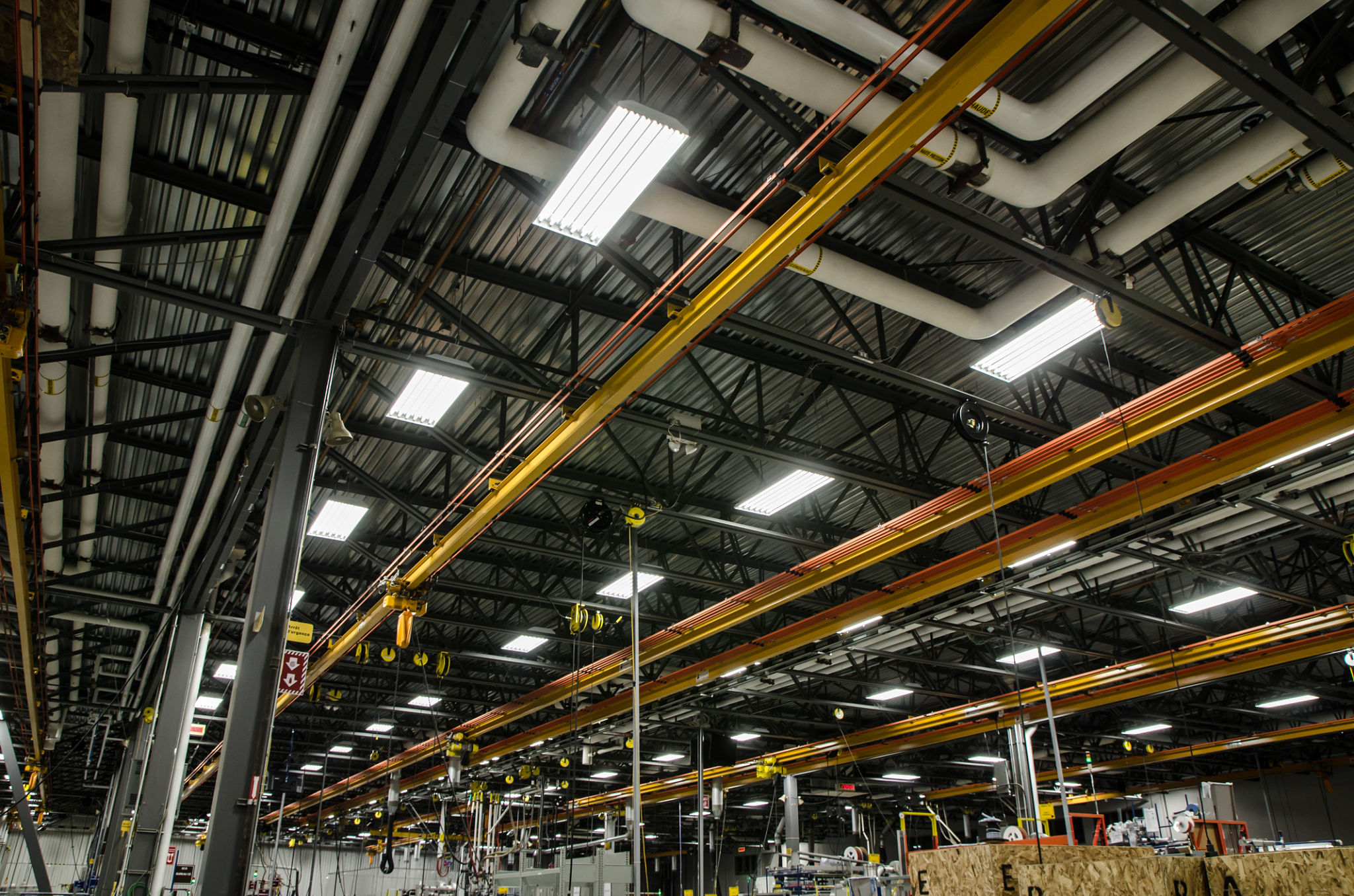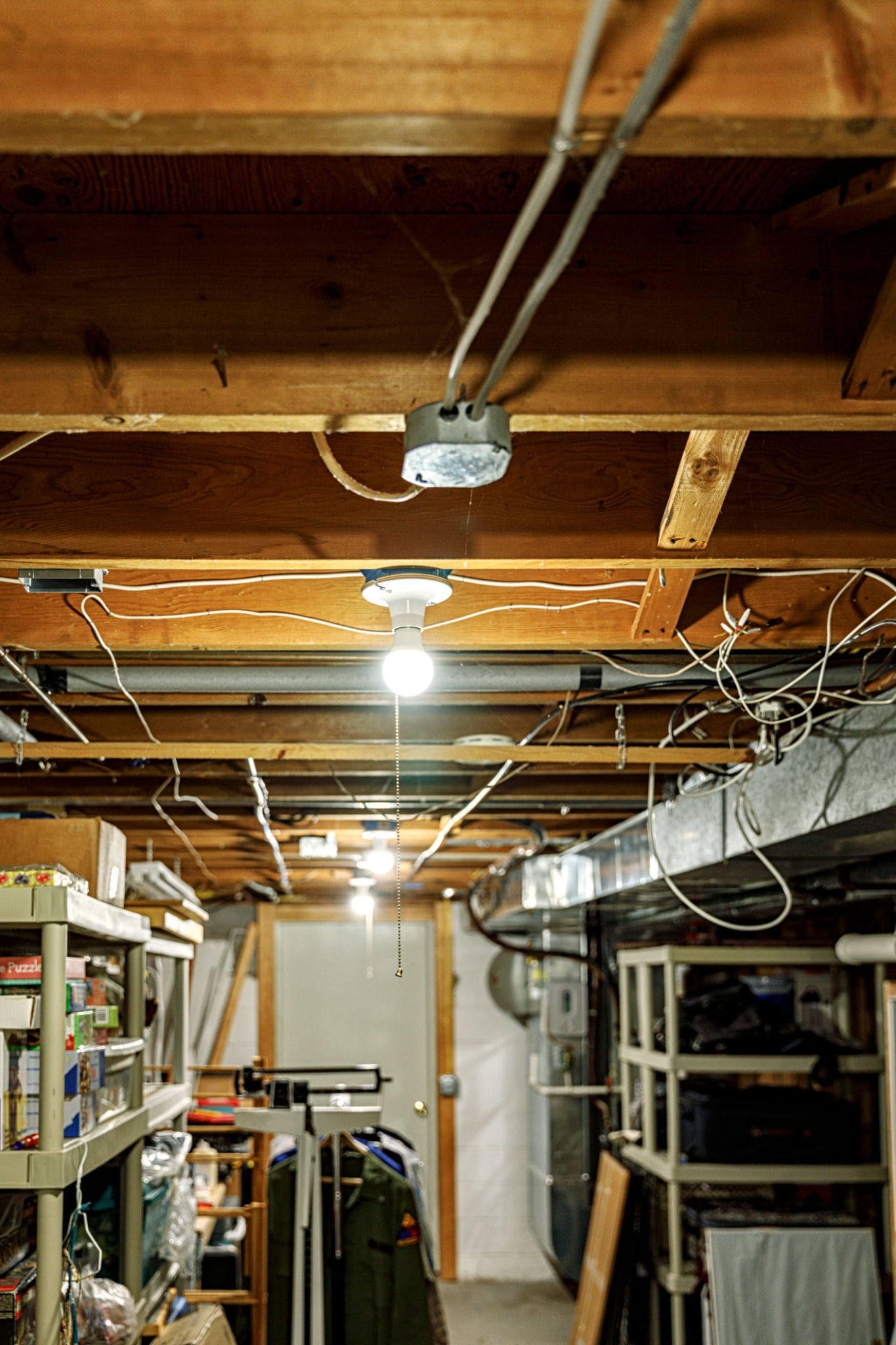Comparing Industrial LED Lights: Why Performance Matters
Understanding Industrial LED Lights
In the realm of industrial lighting, the shift towards LED technology is undeniable. Industrial LED lights have become a staple in factories, warehouses, and large commercial spaces due to their efficiency and durability. However, not all LED lights are created equal, and understanding the nuances of their performance can make a significant impact on operational efficiency.
When selecting LED lights for industrial purposes, it is crucial to consider factors such as brightness, energy consumption, and lifespan. These elements can vary significantly between products, affecting both performance and cost-effectiveness.

The Importance of Performance
The performance of industrial LED lights is critical as it directly influences productivity and safety. High-performance LEDs offer better illumination, which is essential for maintaining visibility in large spaces. This, in turn, can reduce the risk of accidents and improve the accuracy of tasks performed in these environments.
Moreover, efficient LED lights contribute to substantial energy savings. Industrial facilities consume vast amounts of electricity, and switching to high-performance LEDs can drastically cut down energy costs. This not only benefits the bottom line but also supports sustainability initiatives by reducing carbon footprints.

Key Performance Indicators
To assess the performance of industrial LED lights, consider the following metrics:
- Luminous Efficacy: This measures the amount of light produced per watt of electricity consumed. Higher efficacy means more light for less energy.
- Color Rendering Index (CRI): This indicates how accurately the light source displays colors compared to natural lighting. A higher CRI is preferable for tasks requiring color differentiation.
- Lifespan: The longevity of the light affects maintenance costs and operational efficiency. LEDs with longer lifespans are generally more desirable.
Comparing Options in the Market
The industrial LED market is flooded with options, making it essential for buyers to compare products based on performance indicators. While price is always a consideration, opting for cheaper alternatives with lower performance can lead to higher costs in the long run due to increased energy consumption and frequent replacements.
Manufacturers often provide detailed specifications for their products. Taking the time to review these details carefully can help in choosing the right lighting solutions that align with both operational needs and budgetary constraints.

Impact on Operational Efficiency
The right choice of industrial LED lighting can enhance operational efficiency significantly. Improved lighting quality ensures that workers perform tasks with precision and speed. Additionally, reduced energy consumption contributes to lowering operational costs, allowing businesses to allocate resources more effectively.
Furthermore, enhanced lighting conditions create a better working environment, which can improve employee morale and productivity. In industries where precision is critical, such as manufacturing and assembly, high-quality lighting is indispensable.
Conclusion
In conclusion, while industrial LED lights are a considerable investment, their long-term benefits make them an invaluable addition to any industrial setup. By focusing on performance metrics such as luminous efficacy, CRI, and lifespan, businesses can ensure they are selecting lights that not only illuminate but also enhance efficiency and safety.
As technology continues to advance, staying informed about the latest developments in LED lighting will help businesses maintain a competitive edge while contributing positively to environmental sustainability.
